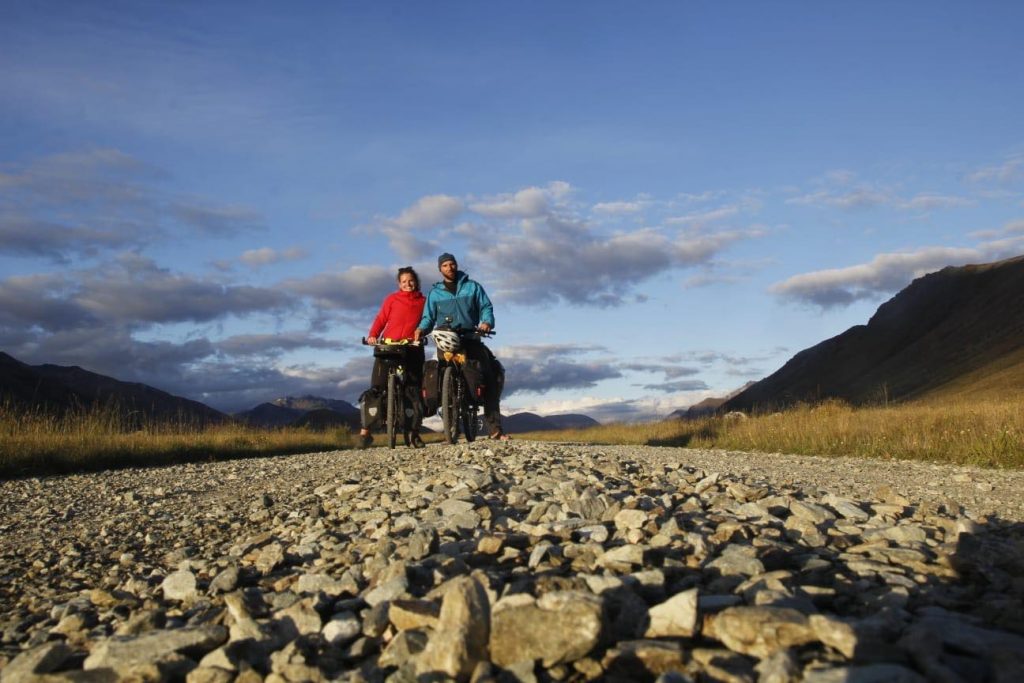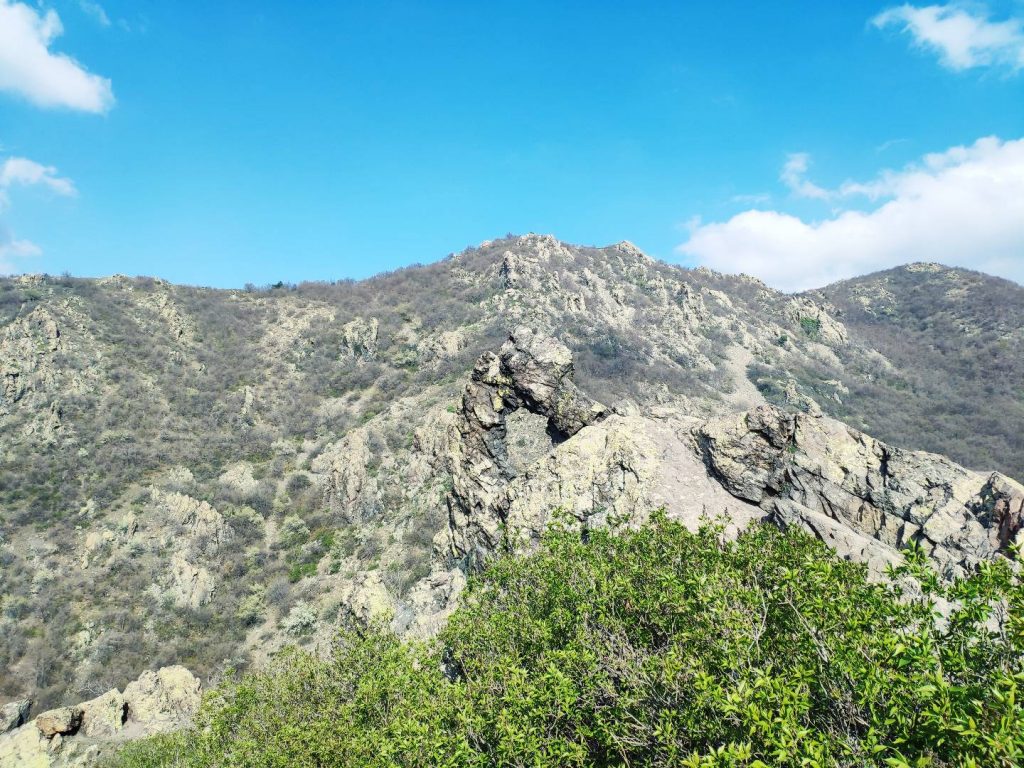Build it and they will come. The well-worn mantra has likely inspired hundreds of small communities to build ecolodges, guesthouses, glamp sites, and geodomes to invite tourists to immerse themselves in nature. While this infrastructure is an essential first step to attracting visitors, it is not sufficient to guarantee the success of the enterprise.
After all, how will the tourists find out about this spot? And once they do, how can they reserve and pay? While these issues may seem straightforward to those who live in cities with innumerable amenities, small, rural ecotourism businesses – especially in emerging economies – often struggle to access basic infrastructure for payments, credit, customer service, and marketing.
However, these businesses also play a significant role in protecting some of the world’s most vulnerable ecosystems. Indigenous communities around the world rely on ecotourism to generate critical income that enables them to act as stewards for their territories. These simple tech solutions may be a turnkey in leveraging additional resources toward conservation in remote areas by helping struggling ecotourism businesses grow and reach more customers.
1. Affordable Internet Access
Luckily, access to affordable, fast Internet, often through smartphones, has become widespread in many remote areas of the world. However, investment in telecommunications infrastructure is expensive so those left out of reach of cell towers have few options. The most common solution today is satellite internet, which reaches into the depths of the Amazon, to the Galapagos Islands, and even to Antarctica. But satellite internet is slow, unreliable, and incredibly expensive, with some communities paying >$400 a month to stay connected (without including electricity costs!).
Yet internet access is a building block of all modern businesses. For small ecotourism businesses to grow, their spending on this essential overhead must fall. The simplest solution would be government intervention to build expanded telecoms networks; another is innovation. Google’s now-defunct Loon tested stratospheric balloons as a way to provide reliable internet to remote areas; alternatively, investing in improving and lowering the cost of the existing solution – satellite internet – may be the simplest way forward. Whatever the answer, these small ecotourism businesses will require stable and affordable internet in order to thrive.
2. Automated Social Media Marketing
Every year, more people research and decide on their next destination via social media. Yet developing and maintaining an active presence is time consuming and can take several years before showing results. While social media management will always require a human element – at least until AI algorithms learn to write – software can lower the burden.
Existing social media automation tools enable people to schedule many posts at the time. While this feature is designed to make social sharing more efficient, it can also serve a purpose for remote businesses who have limited access to the internet. Using a scheduler, members of the organization can prepare and schedule posts while online that will still go out automatically after they are offline so the business stays active.
Perhaps most critical to this point is a need for capacity-building for using this kind of software in many remote destinations. While the platforms are designed to be self-explanatory and easy to use, they can be daunting for digital non-natives. Any organization hoping to support these rural businesses should consider training in social media scheduling and planning as a way to increase awareness about the ecotourism business and eventually, revenue.
3. English-speaking Customer Service
Especially in rural and indigenous communities, English may not be the first language and accessing language training is challenging. However, in a post-pandemic world, most travelers hope to speak with someone before getting on the plane, particularly if they are visiting a remote and unknown destination. And even if they don’t need to talk face-to-face, most people have grown accustomed to 24/7 connection, which means getting an email response quickly to any inquiries. These demands are hard to accomplish with an unstable internet connection and lack of English proficiency.
Luckily, systems of 24-hour call centers or customer service desks are already available; they just are not frequently used by remote tour operators yet. And in the near future, chatbots trained to answer customer questions will be able to do a lot of the work without human interference. However, until this issue is resolved, either by connecting with an agency (who takes a commission) or a customer service center, many community ecotourism projects will be passed over as people look toward options that can respond instantly.
4. Online Payment Gateways
Europe and North America – and to some extent, China – take for granted the ease of online payments. However, in much of the Global South, it can be nearly impossible or prohibitively expensive to accept a card payment – online or otherwise. Due to a variety of factors, including high bank fees, clumsy anti-fraud measures, and even lack of access to a bank account, many small ecotourism businesses struggle to receive funds from eager customers. Add on the challenge of an international payment and many operators find themselves locked out of the market.
Access to banking, which includes credit as well as payments infrastructure, is a massive barrier to entry for small ecotourism businesses. Travelers are simply not excited to pay large sums of cash on arrival, and businesses often need money up front to be able to prepare for their stay. Luckily, many of these providers already exist (like Kushki in Latin America) but are not focused on integrating with small remote businesses yet. There is a significant opportunity for governments to invest in payments infrastructure access for SMEs in ecotourism as a simple way of jumpstarting the market post-COVID.
Small ecotourism businesses play an outsized role in protecting biodiversity hotspots around the world and making them accessible to global travelers. However, these businesses are often shut out of the market due to a lack of access to basic technology that could power their growth. Each item on this list builds on the others; after all, there can be no payments infrastructure or customer service if the people at the other end don’t have internet access! Therefore, any investor or grantmaker (or government!) interested in supporting ecotourism SMEs should focus on solving these pain points first to make a difference for these critical businesses.
Friends of Wallacea is a tour operator developed in partnership with the biodiversity research organization, Operation Wallacea (opwall.com), to provide opportunities for adventurous travelers to visit and explore remote areas alongside the communities and scientists that protect them. We partner with rural and indigenous communities to develop community-led wildlife tourism that conserves critical ecosystems and culture while providing a unique adventure to visitors from around the world.






